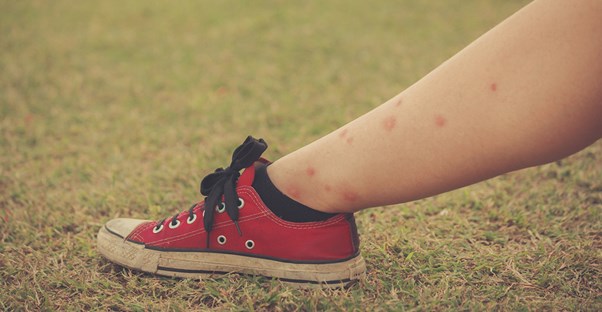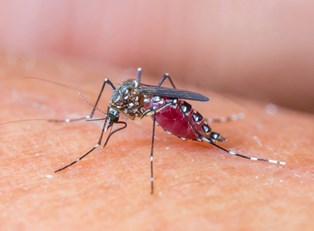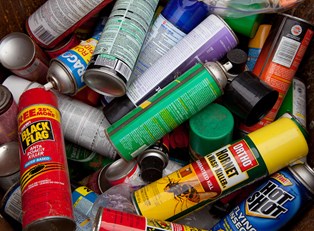Few things leave you hurting quite like a bee sting, a hornet sting, a wasp sting, or some other painful bug bite. We can all agree that getting stung is no fun, but there are home remedies to lessen the pain and even some measures you can take to protect yourself from being stung or bitten in the first place.
Home Remedy Prevention
Ants, wasps, and bees hate strong-smelling herbs, such as mint, so planting some of them in and around your yard can be an effective prevention method. You can also use these herbs to create sprays, which can function as both repellents and insecticides. Keep in mind that there are countless recipes and methods, but those included here are some of the simplest and most effective.
For mosquitoes, you can easily make a repellent by mixing two cups of water, 10 drops of eucalyptus essential oil, 20 drops of citronella essential oil, and five drops of lemon essential oil. This repellant will also work well for spiders and centipedes. This can be applied by dousing a few drops on yourself or using a spray bottle to spritz yourself.
For ants, try placing sticks of cinnamon around the foundation of your home, or using peeled, sliced garlic cloves around holes in the house or window tracks. Replace these cloves every three days until the ants are gone.
For stinging insects, like wasps, hornets, and bees, applying a mixture of peppermint oil and equal parts water to your hair, arms, wrists and/or ankles will work as an effective, low-cost repellant. Boiling two to three cups of water with two chopped chili peppers will create an effective repellant -- one to be sprayed at the pests, not on yourself, for these bugs. You can also spread cinnamon powder near any hives to make these animals relocate their colonies.
Home Remedy Treatments
If you’ve already been bitten or stung, these prevention tips aren’t exactly helpful. What you’ll need to do is assess the situation and decide the next step. Immediately after you or someone you know is bitten, it’s important to try and know what kind of bug is responsible. Look around the area that the bite occurred to identify possible suspects, but be sure not to get stung again.
If the person stung should have swelling in the tongue, an onset of hives, a history of allergic reactions to stings, trouble breathing, and/or feelings of faintness or dizziness, you’ll need to call 911 or, if possible, administer an epinephrine injection.
If not, however, treatment can often be handled without the help of medical professionals. If a stinger is involved, the first step will be removing it. Many believe that using tweezers or squeezing the stinger can release more venom, and therefore it’s best to scrape the stinger out using your fingernail or a credit card. There’s not a lot of evidence to support this theory, so just remove the stinger as best and as quickly as you can.
Swelling is the next issue that should be addressed. Use ice to lessen the swelling and, if stung on the arm or leg, elevate the limb. To prevent further discomfort, remove any tight fitting jewelry or clothing from the area.
Then all that’s left is treating the symptoms. For pain, over-the-counter painkillers like acetaminophen are ideal. You can alleviate any itchiness by taking an antihistamine or by applying calamine lotion or a mixture of baking soda and water to the area.




